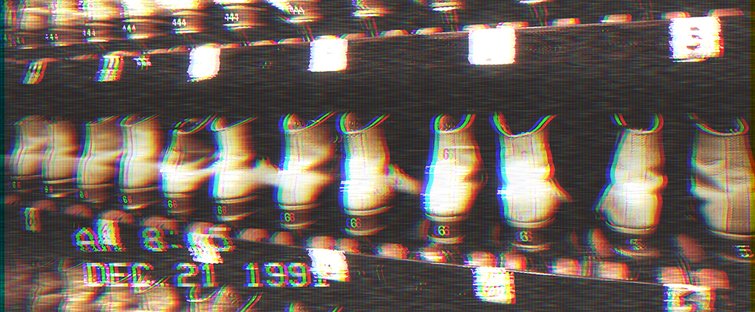

Search for Channel blur in the Effects panel. Switch to the Effects workspace (Window – Workspaces – Effects).Ģ. Drag the Adjustment Layer so it is the same length as the video clip.ġ. Click New Item from the Project panel, choose Adjustment Layer, click OK, and drag the Adjustment Layer from the Project panel to the timeline above the video clip.

Tip: Make sure you are in the Editing workspace (Window – Workspaces – Editing).Ĥ. Right-click the video clip in the Project panel and choose “New Sequence From Clip.” Import the video clip included in the zipped practice file (File – Import).ģ. Create a new project in Premiere Pro (File – New – Project). Start from scratch, or download practice files for a head start. So, the best way we can help is if you post a png screenshot.Give your digital video some analog noise with a VHS effect. Once you have all that, and degrain and remove spots, you can use the detail-preserving upscale effect in After Effects to resize larger. you can normalize the saturation better with vibrance than saturation and I made a preset that will raise all saturation till all colors are normalized without looking crazy. if you have flicker, I made a flicker removal tool in AE. the cineon filter works well for dark shadows. getting white balance right after the black point, white, grey point, and then color correcting works the best. Make sure you understand what the skin tone line is and where it is located in the vectorscope.

if the colors are super off, you may need to use a hue control like in AE or photoshop to separate the wrong hues. and you can use a luma matte to only affect midtones and above with the unsharp tool. you can fix colors by reducing some offending colors like magenta with the hue wheel by watching sharp spikes in the vectorscope.


 0 kommentar(er)
0 kommentar(er)
